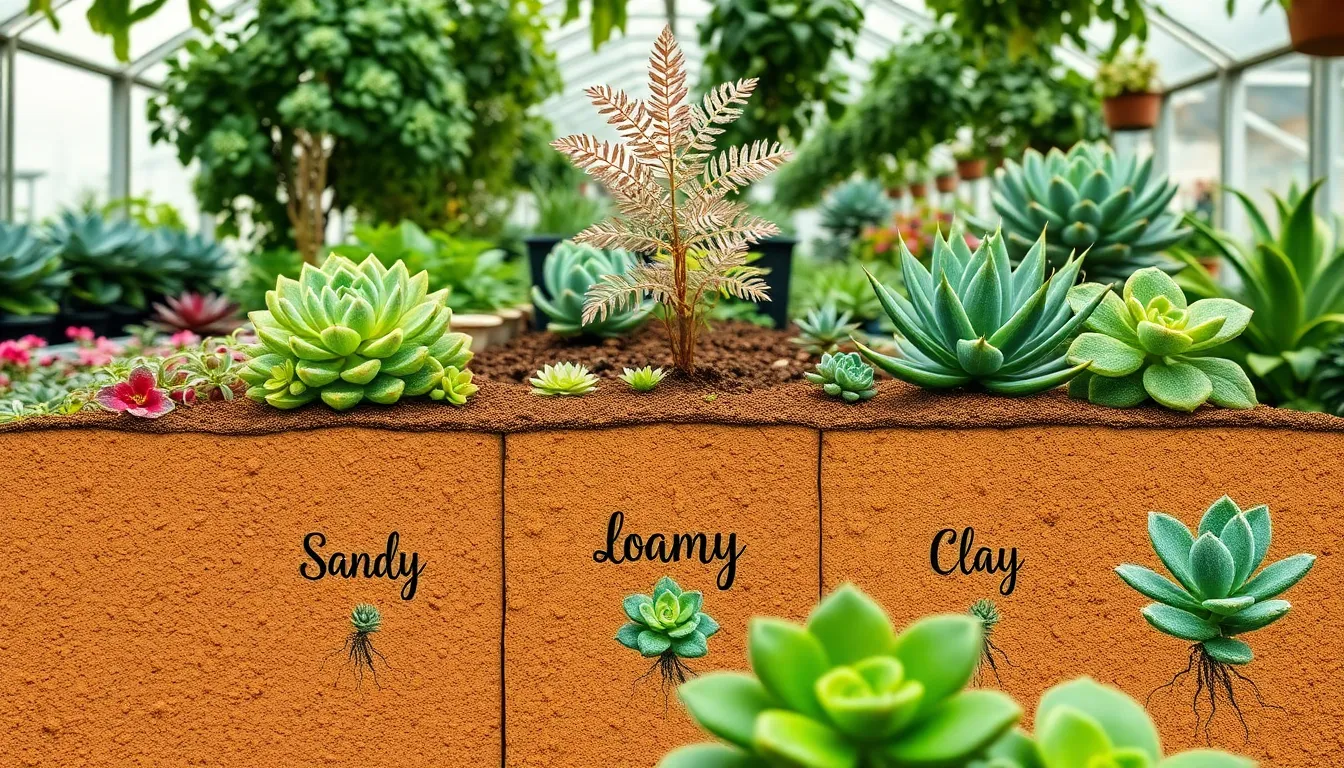Gardening is a journey of discovery, whether you’re planting your first seed or nurturing a thriving flowerbed. One of the most crucial decisions you’ll make on this journey is selecting the right garden soil, a choice that can profoundly impact the health and vitality of your plants. By understanding when and why to choose specific types of garden soil, you can unlock the true potential of your garden, creating a flourishing haven right in your backyard.
For both novice and seasoned gardeners, the world of garden soil can seem both fascinating and overwhelming. It’s not just dirt—it’s a complex ecosystem that provides the foundation for plant life, and choosing the appropriate soil at the right time can make all the difference. In this article, you’ll discover the key factors that determine when to opt for garden soil, empowering you to make informed decisions that will enhance your gardening experience and success.
We’ll delve into the various types of garden soil available and discuss their unique benefits and applications, ensuring you have the knowledge to cultivate a bountiful garden. From understanding soil composition to recognizing the specific needs of different plants, you’ll gain valuable insights that will help you nurture your garden with confidence. So, let’s embark on this educational journey together, and transform your garden into a vibrant, thriving paradise.
Understanding Your Soil Needs
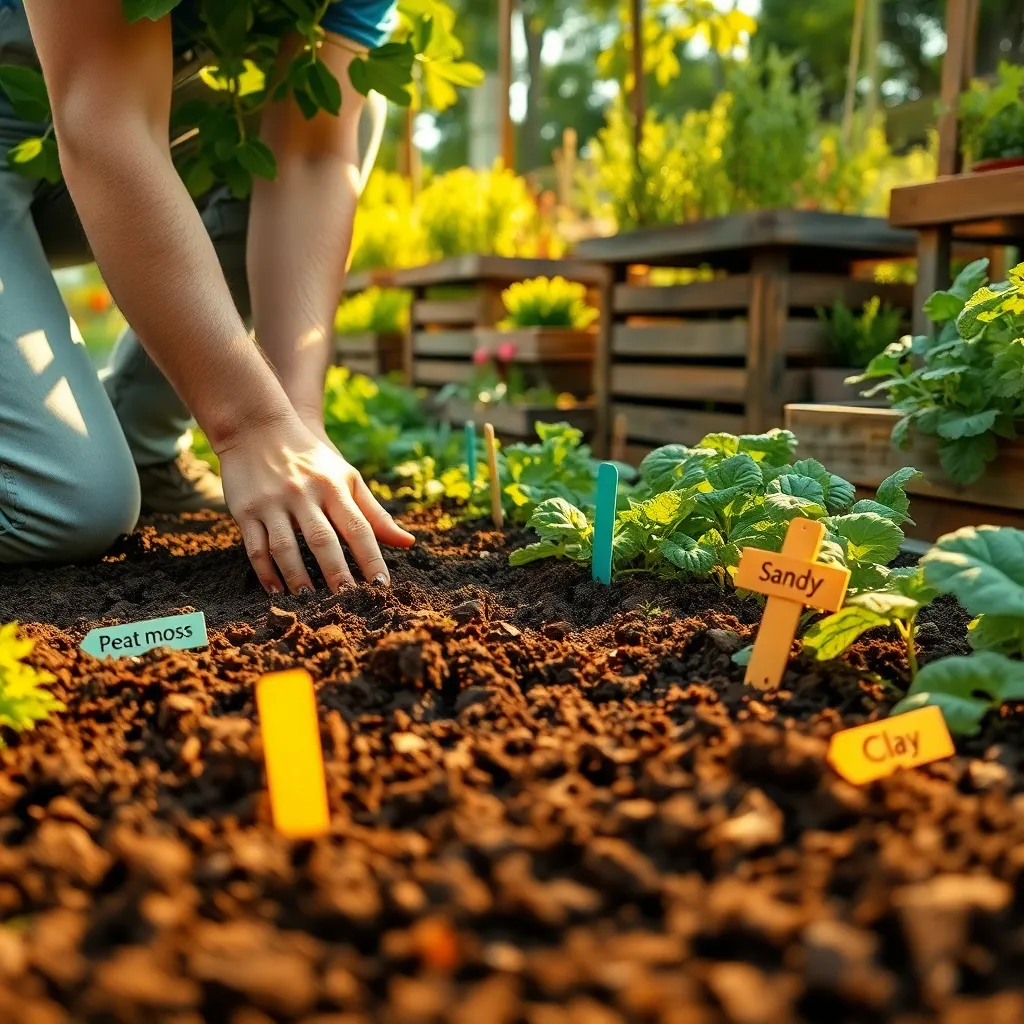
Choosing the right soil is crucial to the success of your garden. Understanding your soil needs involves evaluating the type of plants you wish to grow and the specific requirements they have.
Begin by assessing the texture of your current soil, which can range from sandy to clayey. Sandy soils drain quickly and may require more frequent watering, while clay soils retain moisture but can lead to poor drainage if not amended properly.
For beginners, starting with a basic soil test can provide valuable insights into the nutrient levels and pH of your soil. This test will help you determine if your soil needs amendments such as lime to increase pH or sulfur to decrease it.
More experienced gardeners might consider mixing their own soil blends to suit specific plants, like succulents needing a gritty, well-draining mix. Adding organic matter such as compost can improve soil structure and fertility, benefiting a wide range of plants.
To maintain optimal growing conditions, consider incorporating a regular soil amendment routine. This can include using slow-release fertilizers or periodic applications of organic mulch to enhance soil health over time.
Identifying Ideal Soil Conditions
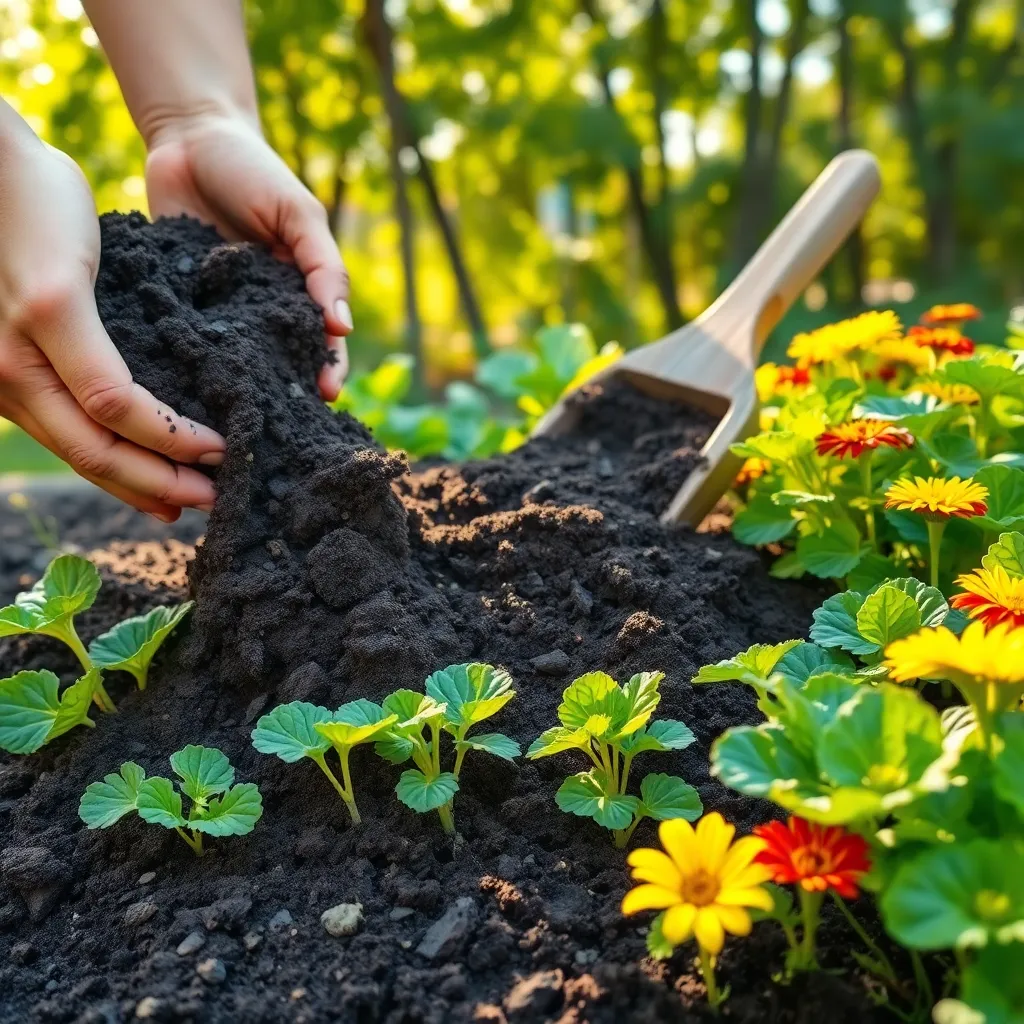
Identifying the right soil conditions is crucial for the success of your garden. Begin by understanding that different plants have specific soil preferences, which can significantly affect their growth.
Conducting a soil test is an essential first step to determine the pH level and nutrient content of your garden soil. You can purchase a simple soil test kit from a local garden center or send a sample to a lab for more detailed analysis.
After obtaining your soil’s pH, adjust it to match the requirements of your chosen plants. For instance, blueberries thrive in acidic soil with a pH of 4.5 to 5.5, while most vegetables prefer a neutral pH around 6.0 to 7.0.
Consider the texture of your soil, which affects drainage and root penetration. Sandy soils, for example, drain quickly and may require more frequent watering, while clay soils retain moisture but can compact easily, hindering root growth.
To improve soil structure, incorporate organic matter such as compost or well-rotted manure. This not only enhances water retention and aeration but also provides essential nutrients for plant health.
Mulching is another effective technique to maintain soil moisture and temperature. Apply a 2-3 inch layer of organic mulch, like wood chips or straw, around your plants to suppress weeds and conserve moisture.
Timing for Optimal Soil Choice
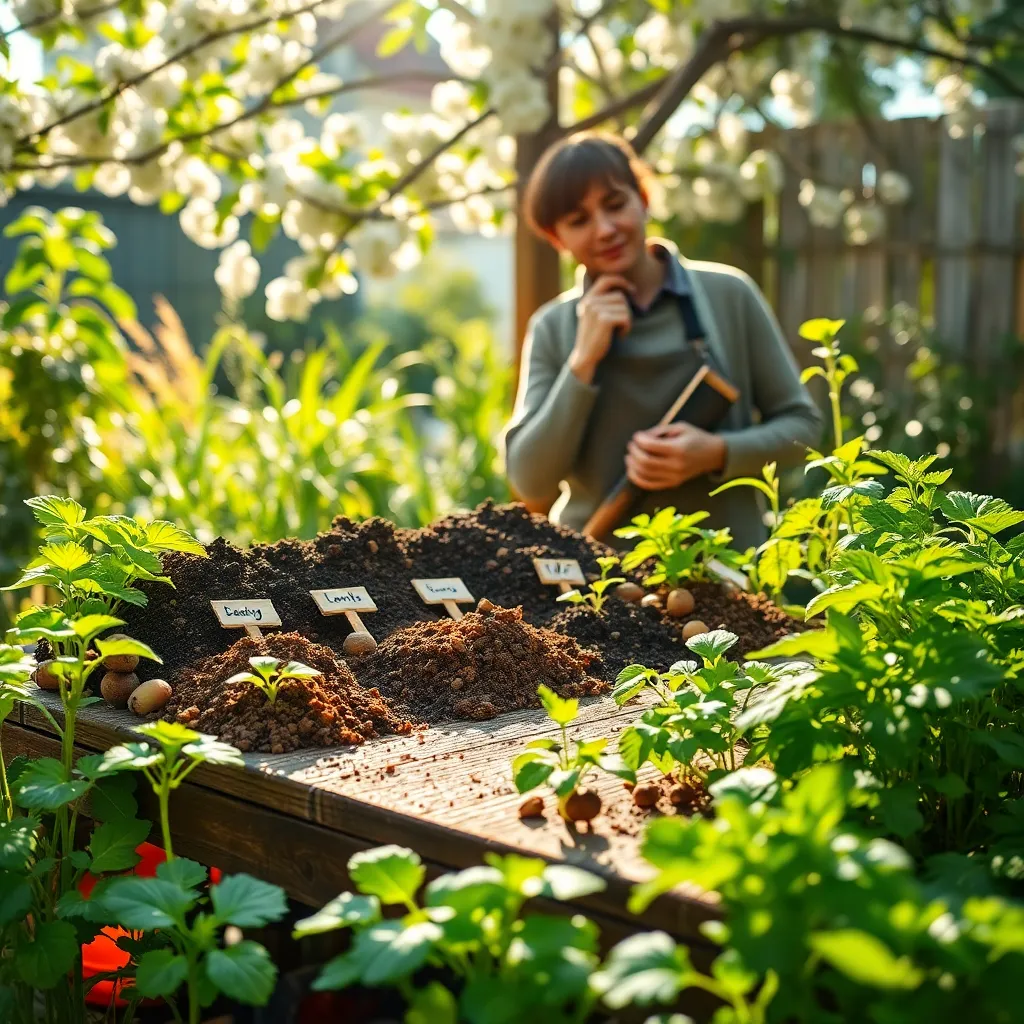
Understanding the timing for choosing the right soil is crucial for successful gardening. It ensures that your plants have the best possible environment to thrive and grow vigorously.
A key consideration when selecting soil is the current season. Spring is ideal for adding nutrient-rich compost to your garden soil, as it prepares the ground for planting.
In contrast, during the fall, it’s beneficial to focus on replenishing soil nutrients. This can be achieved by incorporating organic matter like leaf mulch, which will break down over the winter months.
For gardeners who grow specific plants like succulents or cacti, using well-draining soil with sand or perlite is essential year-round. This setup prevents root rot by ensuring excess water drains away quickly.
Timing also impacts the use of fertilizers and soil additives. Applying slow-release fertilizers in early spring can support plant growth throughout the growing season, reducing the need for frequent applications.
For advanced gardeners, testing soil pH and adjusting it with lime or sulfur should be done in fall or spring for best results. Adjusting pH at these times allows for any changes to take effect before planting or new growth begins.
- Check soil moisture regularly, especially after changing soil types or additives.
- Always research plant-specific soil needs to ensure you’re providing optimal conditions.
- Consider local climate and weather patterns when planning soil amendments.
Comparing Soil Types for Gardens

When choosing garden soil, it’s important to understand the different types of soil available for your plants. Each type of soil has unique characteristics that can significantly affect plant growth and health.
Clay soil is dense and holds water well, which can be beneficial for moisture-loving plants. However, it can also lead to drainage problems, so it’s essential to amend it with organic matter like compost to improve its structure.
Sandy soil is loose and drains quickly, making it ideal for plants that prefer drier conditions. To help retain moisture and nutrients, mix in peat moss or well-aged manure before planting.
Loamy soil is considered the gold standard for gardening due to its balanced texture and high fertility. It offers excellent drainage and nutrient retention, making it suitable for a wide range of plants.
For beginners, using a commercial garden soil mix can be an easy way to start, as these mixes are already optimized for plant growth. More experienced gardeners might experiment by blending their own soil to suit specific plant needs.
To ensure your plants thrive, regularly test your soil’s pH and nutrient levels. Adjust as needed by adding lime to raise pH or sulfur to lower it, and incorporate fertilizers suited to your plant’s requirements.
Tailoring Soil to Plant Types
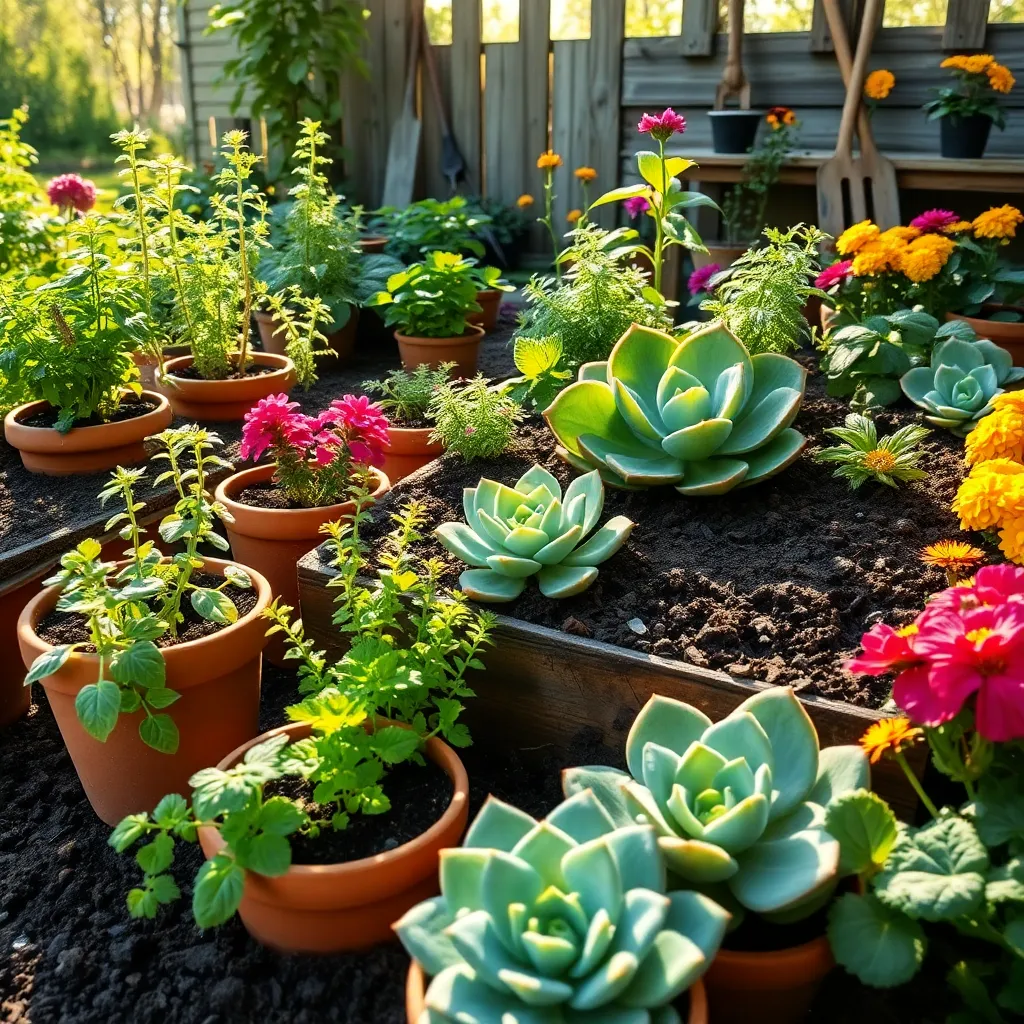
Different plants thrive in different soil conditions, making it essential to tailor soil to their specific needs. Understanding the unique requirements of each plant type can greatly enhance your gardening success.
For plants like succulents and cacti, well-draining soil is crucial to prevent root rot. You can achieve this by mixing regular garden soil with sand or perlite, ensuring the soil dries out quickly after watering.
Acid-loving plants such as blueberries and azaleas require an acidic soil environment. To lower the pH of your garden soil, consider incorporating sphagnum peat moss or elemental sulfur, which can effectively acidify the soil over time.
On the other hand, vegetables like tomatoes and peppers flourish in nutrient-rich, loamy soil. Enhance soil fertility by adding organic matter such as compost or well-rotted manure, which improves texture and nutrient content.
- For beginners: Start with a basic soil test kit to determine your soil’s pH and nutrient levels.
- Advanced tip: Consider using raised beds to have full control over soil composition and drainage.
By tailoring soil to plant types, you give your plants the best possible start and ongoing support. This thoughtful approach ensures each plant receives the right foundation to flourish.
Conclusion: Growing Success with These Plants
As we wrap up our exploration of ‘When To Choose Garden Soil’ in the context of nurturing your relationship, let’s revisit the five essential concepts we’ve covered: understanding your partner’s needs, cultivating effective communication, prioritizing quality time, embracing growth together, and being adaptable in the face of challenges. These foundational elements are the nutrient-rich soil in which your relationship can thrive.
Now, take a moment to reflect on these concepts and choose one actionable step you can implement today. Perhaps it’s scheduling a dedicated time to talk with your partner, or planning a surprise activity that both of you can enjoy. Small actions lead to significant growth.
Remember, building a healthy relationship is an ongoing journey. Save or bookmark this article to revisit these concepts whenever you need a reminder or inspiration. Your future relationship success is a garden that flourishes with continuous care, attention, and love. By committing to these practices, you’re not only enhancing your current relationship but also laying the groundwork for a more fulfilling and resilient partnership. Embrace the journey, and watch your relationship bloom like never before.

